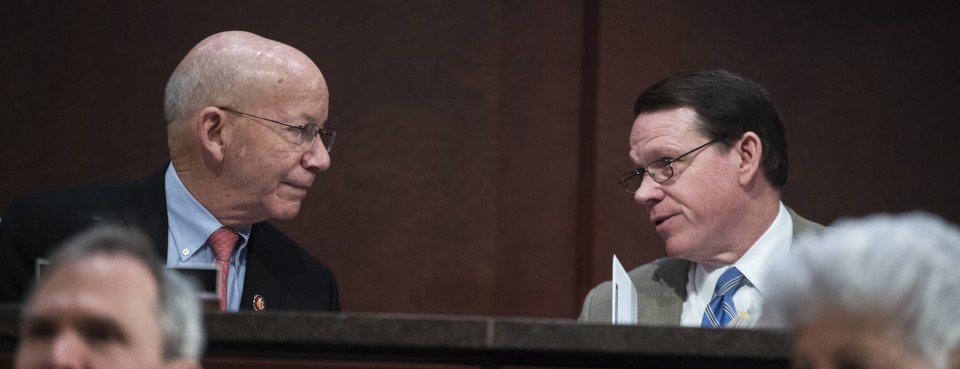House lawmakers unveiled bipartisan legislation to reform aircraft manufacturing in the wake of the Boeing Co. 737 Max disasters, an effort that would partially undo efforts over decades to streamline aviation-industry approvals.
The measure released on Monday would tighten the Federal Aviation Administration’s control of programs at Boeing and other companies that allow employees to sign off on aircraft designs, and would also require an expert panel to review Boeing’s safety culture.

The bill is also backed by the committee’s ranking Republican, Representative Sam Graves of Missouri, and the leaders of the aviation subcommittee, increasing its chances of passing.
Bipartisan Support
There appears to be strong support by members of both parties for at least some action, but contentious pre-election politics and disputes over what such legislation should include could hinder passage this year. It’s also supported by several unions, including those representing FAA’s engineers and inspectors.
The measure was prompted by two crashes of the best-selling 737 Max that led to its grounding in March 2019.
The legislation was released as the FAA and other global aviation regulators are nearing approvals to return the plane to service. FAA Administrator Steve Dickson plans to fly the plane this week in a demonstration meant to reassure the public.
Democrats on the House committee earlier this month concluded an 18-month investigation into what went wrong on the 737 Max design, finding fault with engineering failures, deception by Boeing and insufficient oversight by the FAA.
A safety feature on the Max designed to ensure its controls felt the same as on earlier models went haywire in two crashes, repeatedly pushing down the jet’s nose into dives. Crashes off the coast of Indonesia in October 2018 and in Ethiopia in March 2019 that killed 346 people were blamed in part on the system.
The House legislation isn’t intended to end the controversial program that allows the FAA to deputize company employees to sign off on designs, but it gives the agency more authority over who companies pick for such duty.
That is a reversal of more than a decade of actions by Congress that directed the FAA to expand such programs. The aviation industry had argued before the Max crashes that it needed more authority to approve designs in order to remain competitive in other parts of the world.
The legislation would also require the adoption of better safety-management systems at manufacturers, ensure more realistic assumptions about pilot reactions to emergencies and mandate disclosure of flight-control systems that can alter a plane’s flight path.
Each of those was designed to address issues raised by multiple reviews after the crashes.
Pilot Confusion
While the investigations into the two crashes focused on Boeing’s design, questions have also been raised about the performance of pilots in the accidents. The bill would create what a press release called “a call to action on pilot training” to assess pilot skills around the world.
The design of what was known as Maneuvering Characteristics Augmentation System was altered late in the Max program to make it more aggressive, but those changes weren’t understood by FAA engineers responsible for its approval. The final sign-off on the design was done by Boeing employees acting as deputies for FAA.
Additionally, the potential for pilots to become confused when the system failed wasn’t taken into account by Boeing or FAA, according to several investigations.
A similar Senate bill had to be withdrawn from consideration before the Senate Commerce, Science and Transportation Committee on Sept. 16 because of disagreements over its details. A separate House bill was introduced on Friday aimed specifically at improving assessments of how pilots react to emergencies.









